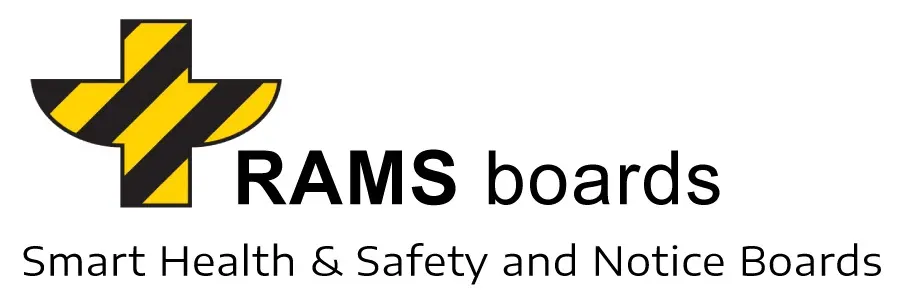Revolutionizing Safety and Communication in Forestry Operations with RAMS boards
Forestry operations, especially those in deep forested regions or at logging sites, are fraught with unique challenges. The remote locations, rugged terrain, and inherent risks associated with forestry activities necessitate robust, reliable safety and communication measures. RAMS boards offer a practical solution, enhancing safety protocols and ensuring the dissemination of critical information in these challenging environments.
The Challenges of Forestry Operations
Forestry operations are complex and hazardous, involving activities like tree felling, transportation of logs, and machinery operation. The remote nature of these sites often leads to challenges in communication, access to safety information, and emergency response. The risk of accidents is heightened by factors like uneven terrain, changing weather conditions, and the use of heavy machinery.
The Role of RAMS boards in Forestry Safety
RAMS boards have emerged as an essential tool in addressing the safety and communication needs of forestry operations. Here’s how they make a difference:
| Feature | Impact on Forestry Safety |
|---|---|
| High Visibility and Accessibility | RAMS boards conspicuous design ensures that safety information is highly visible and easily accessible to workers, even in dense forest areas. |
| Centralized Safety Information | They act as central points for displaying crucial safety information, emergency contacts, and operational guidelines, essential for workers in remote forest regions. |
| Durability in Harsh Conditions | Constructed to endure harsh outdoor environments, RAMS boards remain operational in various weather conditions typical of forest settings. |
| Storage for Essential Safety Gear | RAMS boards can be equipped with storage facilities for Personal Protective Equipment (PPE), enhancing the safety of forestry workers. |
| Customization for Specific Forest Operations | These boards can be customized to display information tailored to specific forestry activities, like tree felling techniques and environmental protection measures. |
Impact on Forestry Operations
The implementation of RAMS boards in forestry settings brings several benefits:
| Impact Area | Description of Impact |
|---|---|
| Improving Safety Standards | Regular exposure to safety protocols displayed on RAMS boards helps reduce the likelihood of accidents and injuries in forestry settings. |
| Enhancing Emergency Preparedness | Clearly displayed emergency procedures and accessible Personal Protective Equipment (PPE) on RAMS boards provide crucial information and tools for a swift response in forest emergencies. |
| Fostering a Culture of Safety | The presence of RAMS boards in forestry areas emphasizes the importance of safety, promoting a responsible attitude among workers. |
| Ensuring Compliance with Forestry Regulations | Displaying regulatory compliance documents and safety guidelines on RAMS boards assists forestry operations in meeting industry standards. |
Case Studies in Forestry
For instance, in a large logging operation in the Central Europe, RAMS boards were installed at key points across the site. This led to a measurable decrease in workplace accidents and a significant improvement in emergency response times. In another case, a forest conservation area utilized RAMS boards to communicate environmental protection guidelines to workers, contributing to more sustainable operations.
Future Prospects and Advancements
The integration of technology with RAMS boards could offer even greater benefits. Features like QR codes linked to online safety training videos or real-time weather updates could be incorporated, providing dynamic and up-to-date information to forestry workers. RAMS boards are revolutionizing safety and communication in forestry operations. Their robust design, coupled with the capability to display crucial safety and operational information, makes them an indispensable tool in the challenging environments of forested regions and logging sites. As forestry operations continue to evolve, the role of RAMS boards in enhancing safety, compliance, and operational efficiency will undoubtedly grow, paving the way for safer and more sustainable forestry practices.
